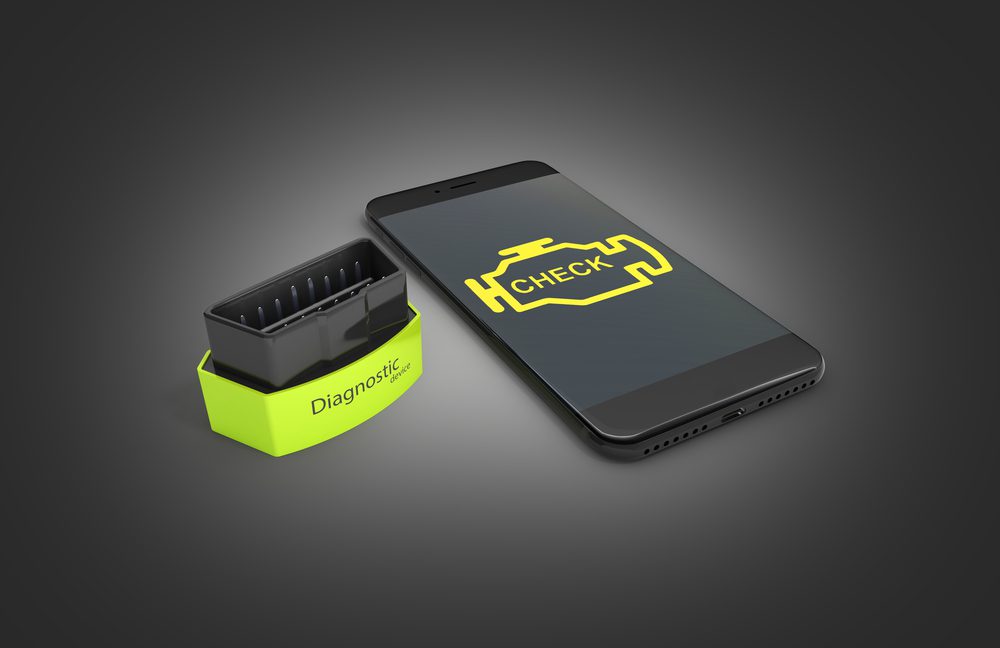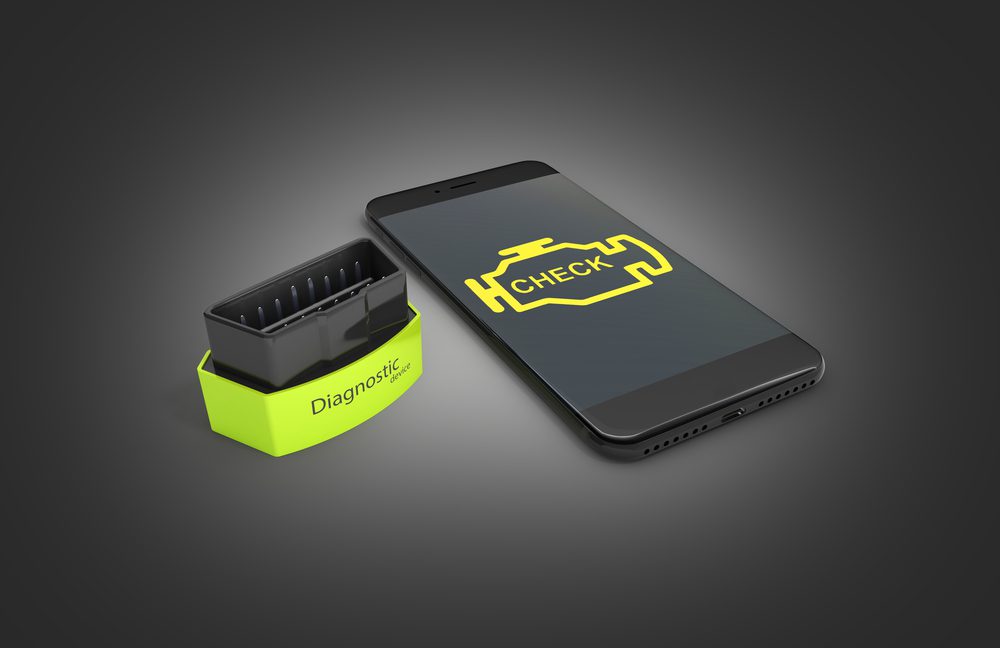How do you read a fault code without a scanner?
When your car’s check engine light comes on, it can be a cause for concern. However, before rushing off to the mechanic and spending money on a diagnostic scan, it’s worth exploring whether you can read the fault code without a scanner. In some cases, it is possible to retrieve basic fault codes using simple methods that require minimal tools or equipment.
Using the Check Engine Light
One of the simplest ways to retrieve fault codes without a scanner is by utilizing the check engine light itself. When the check engine light illuminates, it indicates that the engine control unit (ECU) has detected a problem. By deciphering the number of times the light blinks, you can determine the fault code.
To read the fault code with the check engine light method, follow these steps:
- Locate the OBD-II diagnostic port in your vehicle. It is usually located under the dashboard on the driver’s side.
- Connect a jumper wire or paperclip to the terminal connectors of pins 4 and 13 on the diagnostic port. These pins are often labeled on the port itself.
- Turn the ignition key to the “On” position, without starting the engine.
- Observe the check engine light. It will begin to flash a series of short and long blinks.
- Count the number of short blinks (denoted by quick flashes) and long blinks (denoted by longer pauses between flashes).
- Refer to your vehicle’s service manual to identify the corresponding fault code based on the number of blinks. Alternatively, you can search online for a list of fault codes specific to your vehicle make and model.
Note: Remember that this method provides basic fault codes and may not provide detailed information about the underlying issue. It is still recommended to have a diagnostic scan performed for a comprehensive analysis.
Using On-Board Diagnostics (OBD) Mode
Another method to read fault codes without a scanner is by utilizing the on-board diagnostics (OBD) mode available in some vehicles. OBD mode allows you to access diagnostic information directly from the vehicle’s ECU using buttons or switches present in the car’s cabin.
To read fault codes using the OBD mode, follow these steps:
- Consult your vehicle’s user manual to identify the specific buttons or switches required to activate the OBD mode.
- Turn the ignition key to the “On” position, without starting the engine.
- Press and hold the designated buttons or switches for several seconds until the OBD mode is activated.
- The vehicle’s dashboard will display a series of numbers or codes corresponding to different diagnostic parameters.
- Refer to your vehicle’s user manual or online resources to decipher the displayed codes and identify the fault.
Reading fault codes without a scanner can be a useful skill to have, especially in situations where a scanner is not readily available. However, it is important to note that these methods only provide basic fault codes and may not offer the same level of accuracy and detail as professional diagnostic scans. For complex or persistent issues, it is always recommended to seek professional help for a thorough diagnosis and repair.
By using the check engine light or accessing the OBD mode, you can gain some insight into the potential issues plaguing your vehicle. These methods provide a starting point for troubleshooting and can help you determine whether further professional assistance is required.
How can I check my engine code without a code reader?
If you don’t have a code reader handy, there are still a few methods you can use to check your engine code. While these methods may not be as accurate or detailed as using a code reader, they can still provide some insight into what might be causing an issue with your vehicle.
1. Check the dashboard warning lights
One of the simplest ways to check for engine codes is to look out for any warning lights on your vehicle’s dashboard. Most modern cars are equipped with an onboard diagnostic (OBD) system that will illuminate the “Check Engine” or “Service Engine Soon” light if there is a problem.
2. Use the “key dance” method
The “key dance” method involves turning your car’s ignition key on and off in a specific sequence to retrieve engine codes stored in the OBD system. Here’s how you can do it:
- Turn the ignition key to the “on” position without starting the engine.
- Quickly turn the key back to the “off” position.
- Repeat steps 1 and 2 three times, ending with the key in the “on” position.
- Watch for the engine codes to appear on the dashboard.
3. Consult the owner’s manual
Your vehicle’s owner’s manual may provide instructions on how to manually retrieve engine codes without a code reader. Look for a section on the OBD system or troubleshooting, which may include steps or diagrams on how to check engine codes using specific methods.
4. Visit an auto parts store
If you’re unable to retrieve the engine codes using the methods above, you can visit an auto parts store. Many stores offer free code reading services using their own code readers or diagnostic tools. The staff may be able to assist you in retrieving the codes and provide some guidance on what they mean.
While these methods can help you get a general idea of the engine codes, it’s important to note that they may not provide specific details or pinpoint the exact issue. For a more accurate diagnosis, it is recommended to use a dedicated code reader or seek professional assistance.
How do I check my OBD1 code without a scanner?
Introduction
If you own an older vehicle with an OBD1 system, you might be wondering how to check your car’s fault codes without a scanner. While modern vehicles utilize OBD2 scanners for diagnostic purposes, older models require a different approach. Fortunately, there are several methods you can try to retrieve your OBD1 codes without the use of a scanner.
Method 1: Check Engine Light Blinking
One of the easiest ways to check OBD1 codes is by observing the pattern of your car’s check engine light blinking. To do this, turn the ignition key on-off-on-off-on, and leave it in the on position. Count the number of times the check engine light blinks, with long and short blinks representing different digits. Refer to your vehicle’s manual or online resources to interpret the specific codes.
Method 2: Use a Paperclip or Jumper Wire
Another method involves using a paperclip or jumper wire to bridge the diagnostic connector pins. Locate the diagnostic connector (usually under the dashboard) and find the two pins labeled “A” and “B.” Insert the paperclip or jumper wire into these pins and turn the ignition key to the on position. The check engine light will then flash the codes in a similar manner as described in Method 1.
Method 3: Utilize an OBD1 Code Reader
If you prefer a more accurate and convenient method, consider investing in an OBD1 code reader. These devices are specifically designed to read OBD1 codes and provide you with a clear interpretation of the problem.
Conclusion
While OBD2 scanners have become the standard for reading fault codes in modern vehicles, OBD1 systems require a different approach. By following the methods outlined above, you can check your OBD1 codes without the need for a scanner. Remember to consult your vehicle’s manual or online resources for code interpretations, and if necessary, consider using an OBD1 code reader for a more accurate diagnosis.



